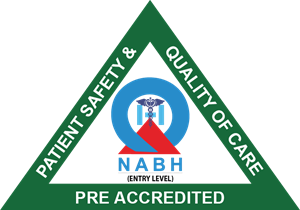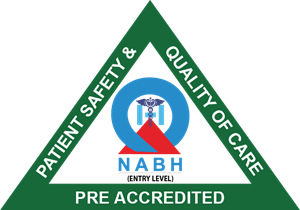As summer approaches, it’s important to talk about staying safe in extreme temperatures. How to prevent heat stroke is a crucial topic, especially in regions like India known for hot summers. Heat stroke is not just a term; it’s a serious heat-related illness that everyone should be aware of. Understanding this can help in taking the right precautions. During summer, adapting our daily routines to manage heat is vital for all community members. Let’s explore some easy and practical ways to stay cool and safe.
Understanding Heat Stroke
Heat stroke happens when your body overheats to a critical level, usually above 104°F (40°C). It is very dangerous and needs urgent medical care. Frequent and intense heat waves, like those in India, are common causes. Knowing about how to prevent heat stroke can save lives. Typical symptoms include a rapid heartbeat, confusion, very hot or dry skin, and sometimes a throbbing headache. Recognizing these signs early is key to preventing serious health issues.
Recognizing the Signs of Heat-Related Illness
Heat-related illnesses range from mild to severe, including heat cramps, heat exhaustion, and heat stroke. While heat cramps involve muscle pains, heat exhaustion can cause heavy sweating, weakness, and dizziness. Heat stroke is more serious and requires immediate medical attention. Essential signs to watch for include confusion, fainting, and a lack of sweating despite the heat.
Who Is Most at Risk?
Some groups face higher risks: infants, older adults, and those with health problems. Outdoor workers, athletes, and even pets also have higher chances during the hot months. Knowing how to prevent heat stroke is especially important for these vulnerable groups. It’s crucial for everyone to take extra measures to stay cool and hydrated.
Essential Summer Safety Tips
Staying hydrated is the number one tip. Drink lots of water, and consider drinks popular in India like buttermilk or coconut water. Wearing the right clothes is also important. Opt for lightweight, loose-fitting outfits to help your skin breathe and keep your body cool. When planning outdoor activities, target the cooler times of the day, such as early morning or evenings.
Here’s a quick list to keep you safe:
- Stay Hydrated: Drink ample water; flavored options like cucumber or mint water can add a refreshing twist.
- Dress Wisely: Choose cotton or linen for their breathability.
- Time Outdoor Activities Right: Shift exercise or work to cooler hours.
- Cooler Environments: Seek shade or air-conditioned areas to cool off periodically.
By incorporating these tips, you can effectively tackle how to prevent heat stroke.
Guarding the Vulnerable
Reaching out to at-risk individuals, like elderly neighbors without air conditioning, can make a huge difference. Propose buddy systems or community groups where people can check on each other. Consistent community communication can also help in ensuring that everyone knows how to prevent heat stroke and where to get help.
Creating a Cool Home Environment
Enhancing your home’s cooling can start with proper ventilation. Use fans alongside windows to promote airflow. When cooking, try to use less heat by opting for salads or fruits, minimizing internal heat buildup. Using curtains or blinds during the hottest parts of the day can keep the indoors cooler. Consider options like splash pads in outdoor areas for a refreshing break.
Responding to Heat Stroke: Effective Emergency Measures
If someone shows symptoms of heat stroke, act fast. Move them to a cooler spot immediately. Cool them off with cold water or damp cloths. Fan them or seek shade if outdoors. It is critical to stay calm and call for medical help as soon as possible. Quick action is vital. While waiting for help, offer small sips of water if they are conscious, and avoid any hot drinks.
Prompt and decisive actions can significantly impact how to prevent heat stroke from escalating into a life-threatening situation.
Summer Safety for Pets
Pets need protection from the heat too. Ensure they always have fresh water and access to shade. Take them for walks during cooler hours, like early mornings or late evenings. Avoid walking your pets on hot surfaces to protect their paws. These steps go a long way in ensuring your pets stay safe and comfortable.
Conclusion: Community Commitment to Heat Safety
To sum up, how to prevent heat stroke entails being mindful of our hydration, clothing choices, and time spent outdoors. These simple actions not only enhance personal safety but also foster healthier communities. Raising awareness and community involvement can help us support each other, especially the most vulnerable, in staying safe throughout the scorching summer months. Together, we can make a significant difference in combating the summer heat.
To sum up, how to prevent heat stroke entails being mindful of our hydration, clothing choices, and time spent outdoors. These simple actions not only enhance personal safety but also foster healthier communities. Raising awareness and community involvement can help us support each other, especially the most vulnerable, in staying safe throughout the scorching summer months. Together, we can make a significant difference in combating the summer heat.
Stay Safe This Summer with Shisira Hospitals
Preventing heat stroke starts with staying hydrated, dressing appropriately, and limiting outdoor exposure. Let’s work together to protect ourselves and our communities. Visit Shisira Hospitals for expert advice and care this summer. Book your consultation today to stay safe and healthy!





